What is Scrum? What it is and why it works so well
If you work on or around product, engineering, or software development teams, you’ve likely heard the term Scrum before. Scrum is a framework designed for teams that build and iterate quickly, and implementing Scrum processes can help you work together to solve complex problems. Even if you’re not on a product, engineering, or software development team, you may still benefit from Scrum. In this article, we’ll cover everything you need to know about Scrum, including what it is and why it works so well.
What is Scrum?
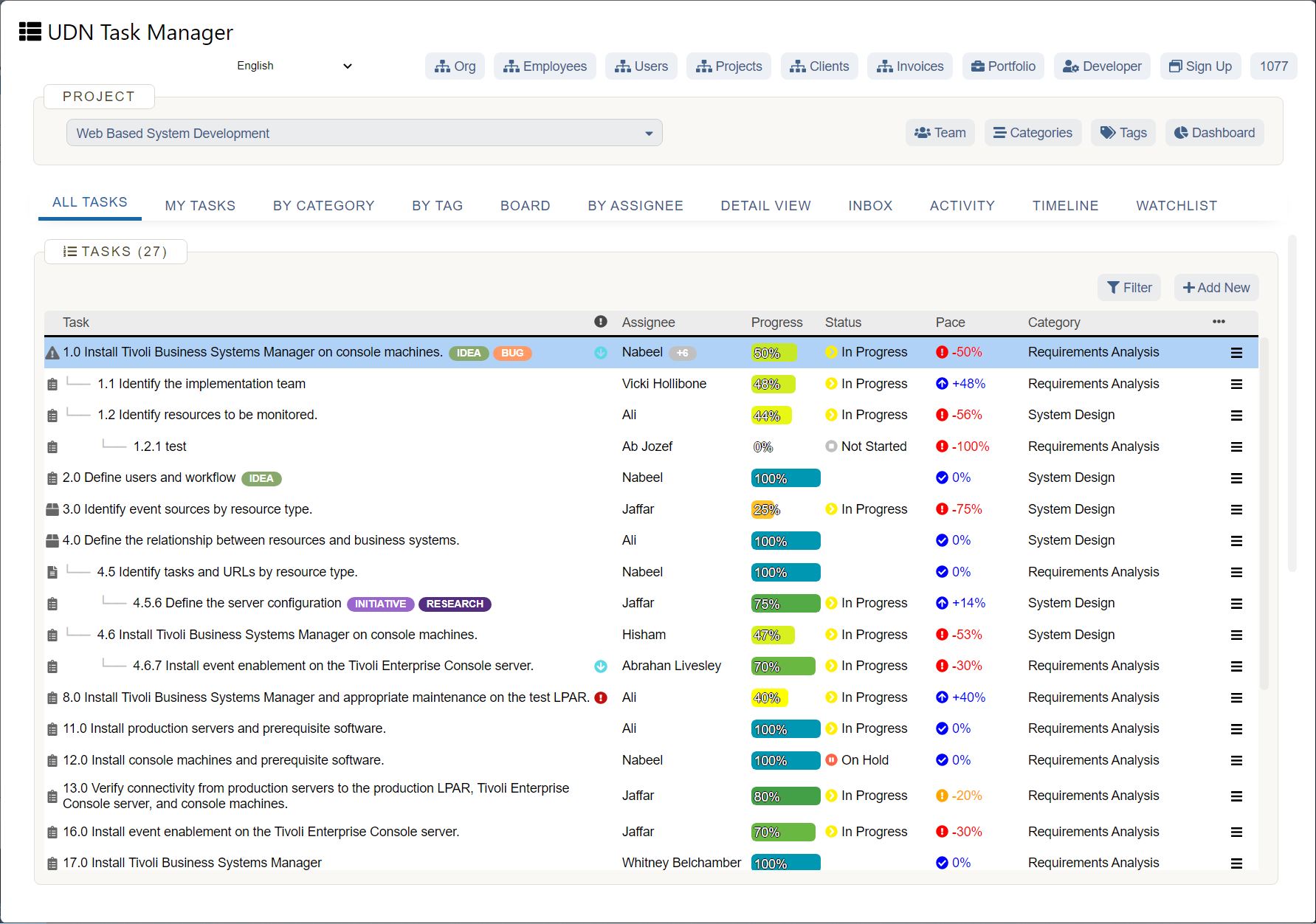
Scrum is an Agile framework that helps teams collaborate and get high-impact work done. The Scrum framework provides a blueprint of values, roles, and guidelines to help your team focus on iteration and continuous improvement .
Traditionally, Scrum is run in a sprint, which are usually two-week long working sessions with specific deliverables due at the end. There are two additional Scrum events. Daily standups, as the name suggests, happen once a day. These are an opportunity for the Scrum team to connect for 15 minutes and coordinate daily activities. The second event—the sprint retrospective—happens once the sprint is over. During the sprint retrospective, which will be run by the Scrum master , the team has a chance to reflect on their sprint and make adjustments for future sprints.
Scrum vs. Kanban vs. Agile
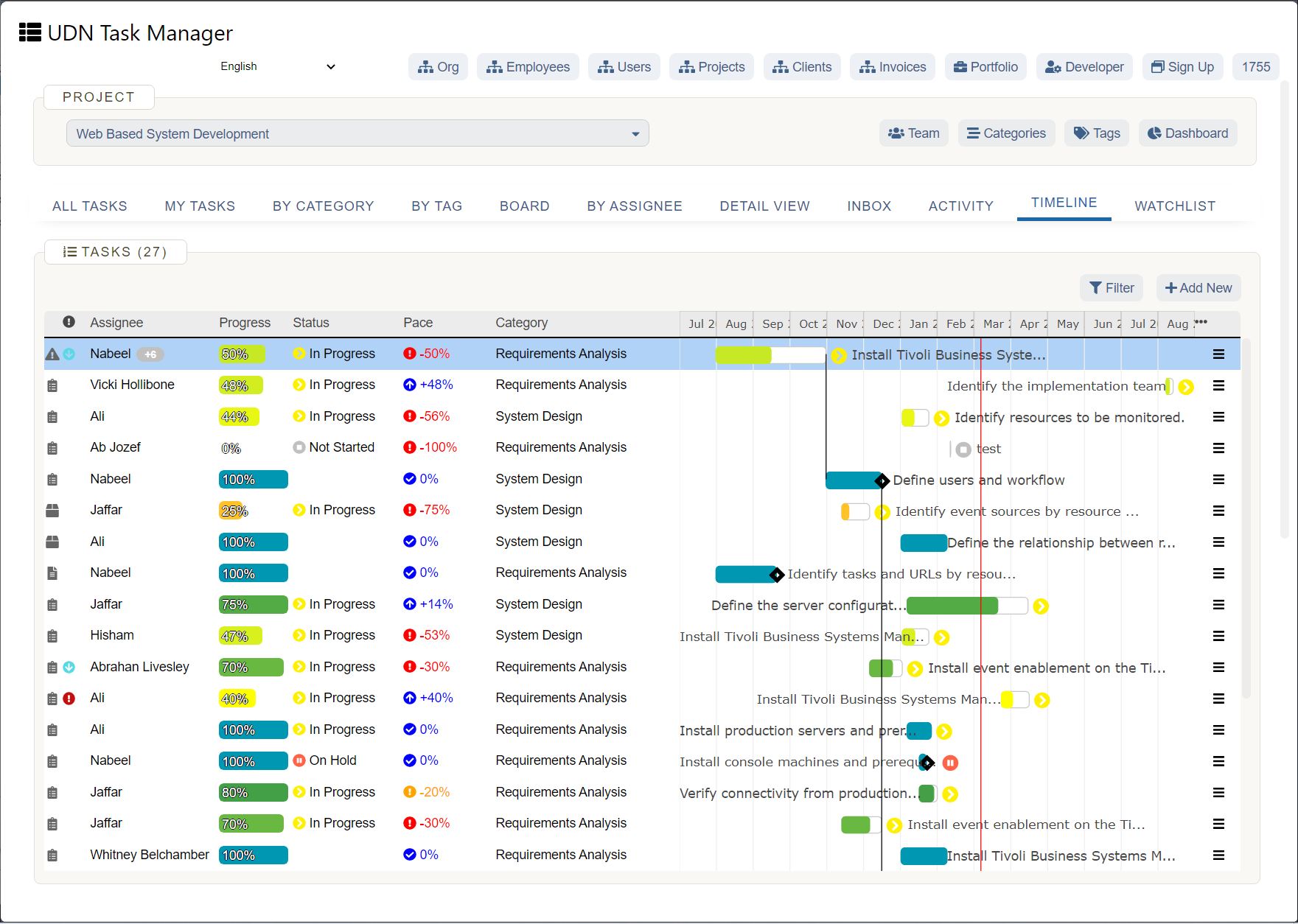
You may have heard of Scrum in relation to other methodologies, like Kanban or Agile . Each of these frameworks plays a unique role in how teams can collaborate and continuously improve, but they’re closely tied together within the lean methodology framework. Here’s how they compare:
Agile is a project management philosophy that helps teams continuously improve. Agile teams believe in iterative and incremental development to help teams respond to change and deal with uncertainty. Both Scrum and Kanban are subsets of the Agile methodology. Think of Agile as the umbrella term.
Scrum is one of the most popular Agile methodologies. If you use Scrum, you’re an Agile team. But the Scrum framework has additional roles and systems to help teams be agile. In Scrum, like in Agile, teams work towards continuous improvement. But unlike Agile, which is more of a philosophy or framework, Scrum establishes specific ways teams can continuously improve—through tools like sprints, standups, and retrospectives.
The Kanban framework is also a subset of Agile. Kanban is a visual way to manage continuous processes and work. With Kanban tools , teams have a way to visualize work moving through stages until it’s completed. Oftentimes, teams that use Scrum do so on Kanban boards, though doing so isn’t a requirement of the Scrum framework.
The history of Scrum
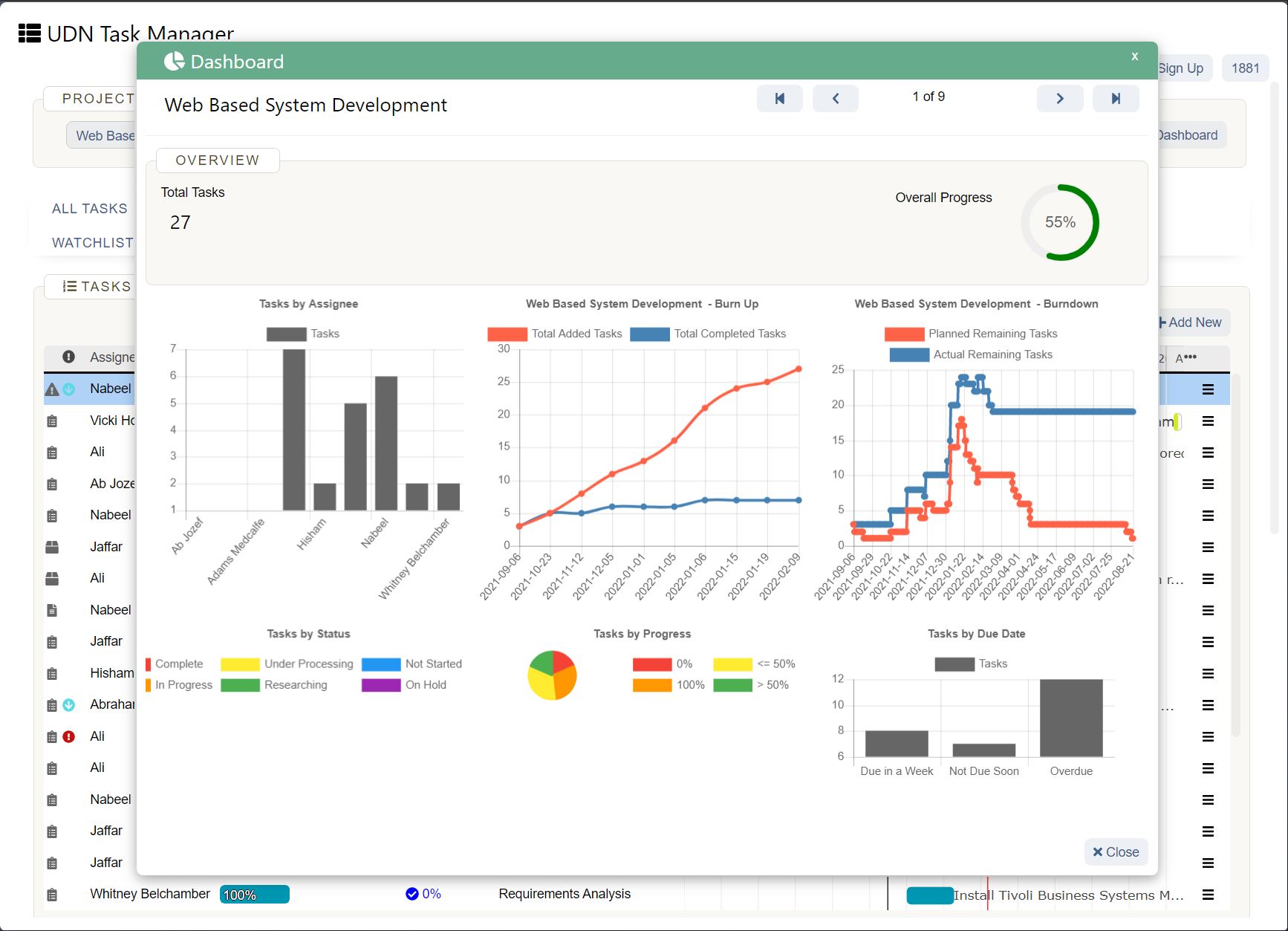
“Scrum” as it exists today was first introduced in a 1986 Harvard Business review article The New New Product Development Game , written by Hirotaka Takeuchi and Ikujiro Nonaka. Takeuchi and Nonaka took the name “Scrum” from rugby, explaining that “as in rugby, the ball gets passed within the team as it moves as a unit up the field.”
Scrum was further developed and codified by Ken Schwaber and Jeff Sutherland in 1995, when they published their Agile Manifesto and SCRUM Development Process .
Schwaber and Sutherland’s Scrum was partly a rejection of the waterfall model of software development. In the waterfall model, projects are broken into sequential phases, where each phase’s deliverable(s) unlock the next phase of work. Schwaber and Sutherland believed software developers could benefit from a more flexible, iterative approach that allowed them to continuously respond and adapt to their environment in order to build the best product for their customers.
Since their initial publication, Schwaber and Sutherland have published the Scrum Guide —a living document they update on a regular basis. According to the Scrum Guide, Scrum encourages “teams to take a look at how effective their work techniques are, and challenges teams to continuously evolve and improve them.”
How Scrum works
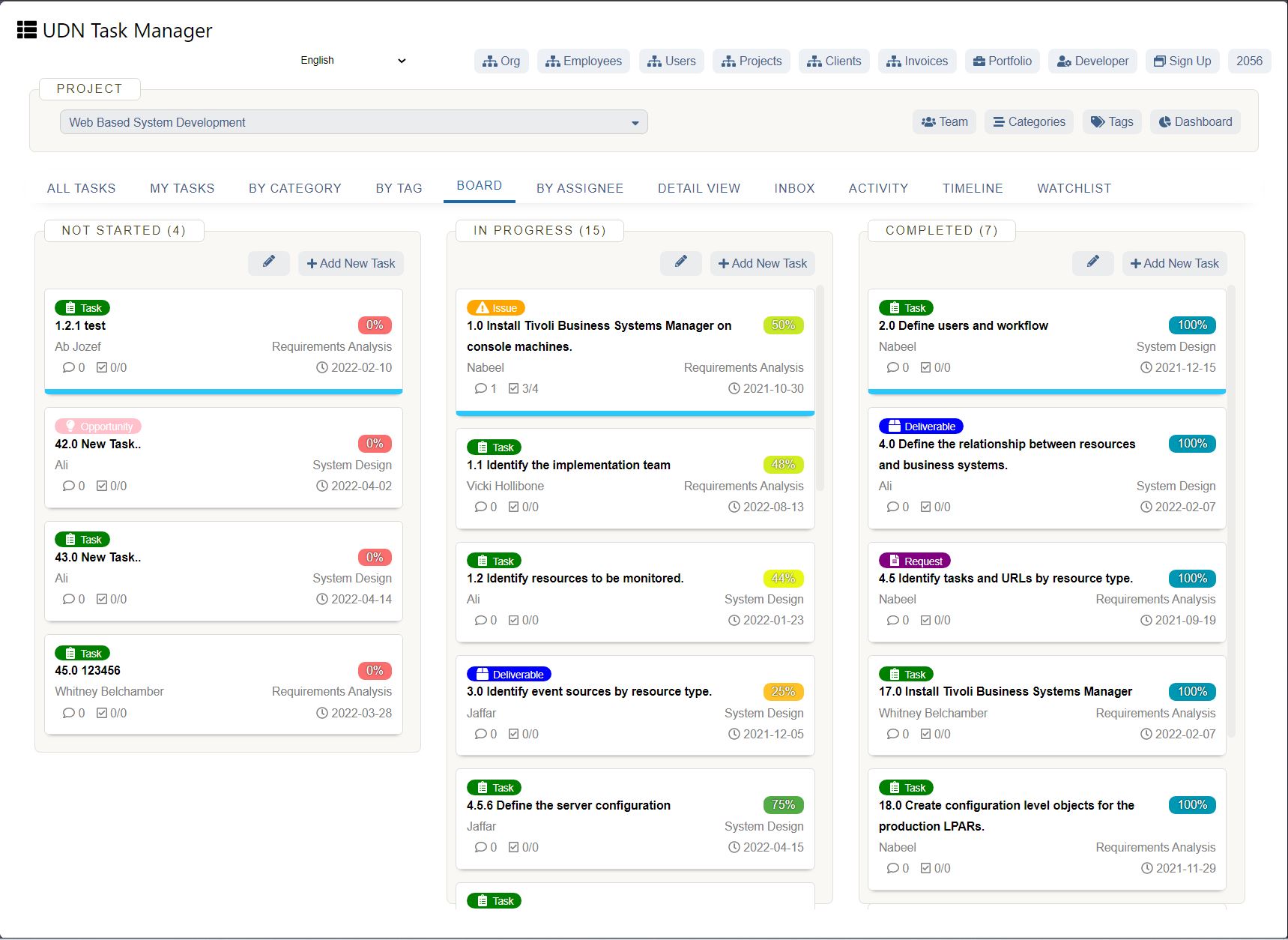
The most important thing to know if you’re going to run a Scrum process is that the Scrum framework relies on a system of continuous improvement. In Scrum, you recognize you might not know anything at the start of a sprint—and you can adjust your processes and needs as needed based on the information you gain during the sprint process.
Typical Scrum events
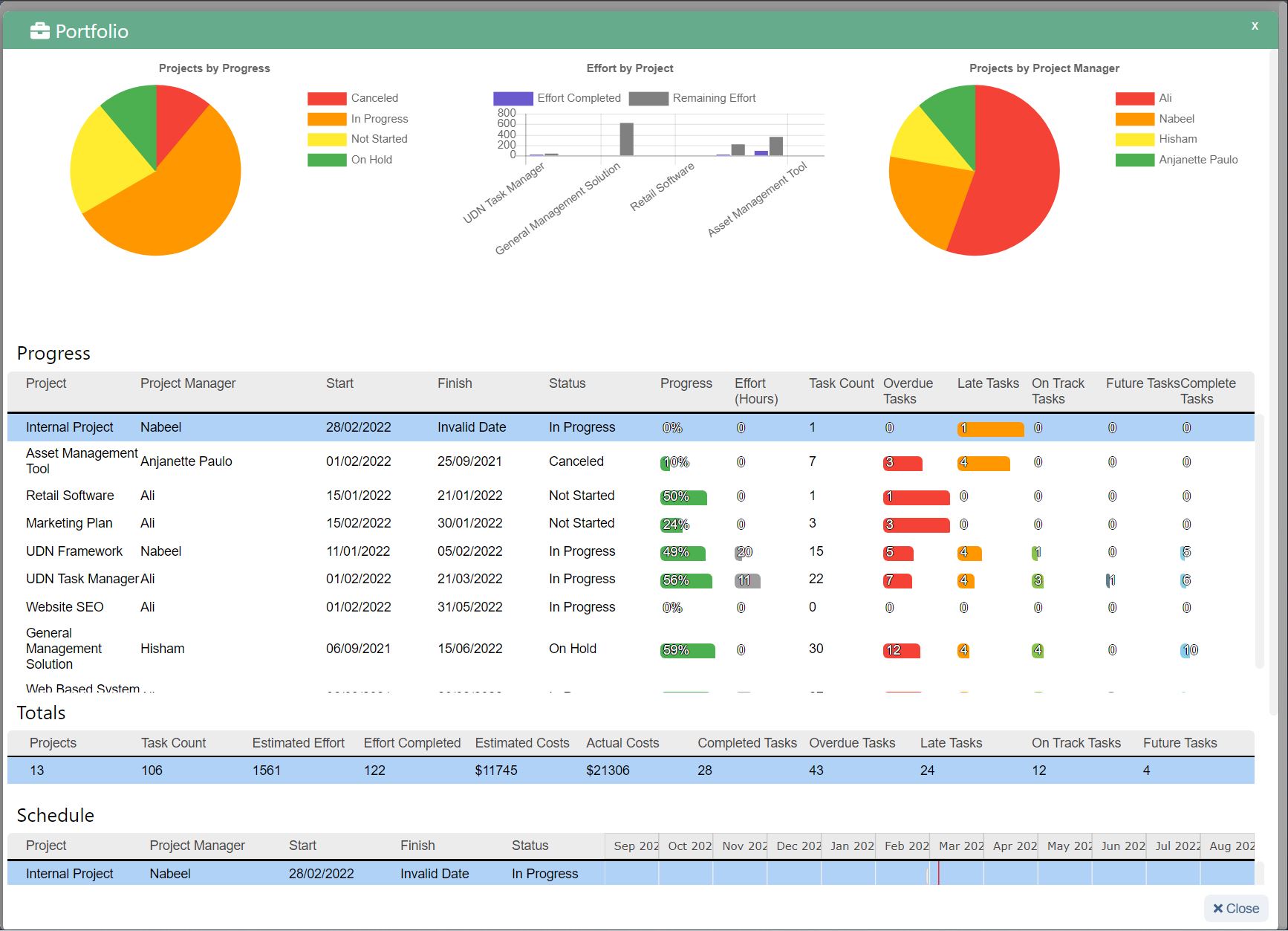
So: what exactly is Scrum? What will your team be doing if you use Scrum? Here’s how the Scrum process shakes out:
1. Organize your backlog. To begin a Scrum sprint, your team lead (also known as the Scrum master) will identify what work to pull from your product backlog —i.e. work that needs to be done. In order to have the best Scrum sprint possible, make sure you have your product backlog clearly documented in one place. Consider using a project management tool to collect all of this information.
2. Hold a sprint planning session. Before you can start your Scrum sprint, you need to know what you’ll be focusing on. During your sprint planning session, you’ll evaluate what work from the backlog your team will focus on during this specific Scrum sprint. To get started, try our free sprint planning template .
3. Start your Scrum sprint. Typically, a sprint is two weeks long, though you can have shorter or longer sprints depending on what works best for your team. During your sprint, your team will work on the items from your backlog that you’ve outlined during your sprint planning session.
4. Host daily Scrum standups. Plan to meet with your Scrum team for 15 minutes every day. Daily standup meetings are your chance to debrief about what you’re working on and triage any unexpected blockers you may have run into. To run the most effective daily standup, try our free daily standups template .
5. Present your work during the sprint review. Once you’ve finished your Scrum sprint, your team should come together for a sprint review. During this time, your Scrum team will present the work that’s “Done” for stakeholder approval or inspection.
6. Connect and reflect during the sprint retrospective. After your sprint is over, take some time to discuss how it went, and what could be improved in the future. Remember that Scrum believes in a process of continuous improvement—so don’t be afraid to try new processes or re-work strategies that feel less effective during your next sprint. Try our free sprint retrospective template to guide your next meeting.
Before getting started with Scrum, make sure your team is aligned on what “Done” means. Because Scrum runs on a process of continuous improvement, this might not be as obvious as you think. In Scrum, nothing is perfect, because your team is flexible and iteratively improving. So “Done” doesn’t mean “this can’t get better”—but rather that your Scrum team will stop working on it, for now.
For example, here are a few definitions of “Done” for different Scrum teams:
Product is ready to be released.
Product has been tested and is ready to be released in a beta environment.
Product has been acceptance tested and is releasable to all users.
No matter what your team’s definition of “Done” is, make sure everyone is on the same page. Once you have your definition, it’s helpful to keep it in a central source of truth and reference it frequently, especially during your sprint review.
Scrum artifacts
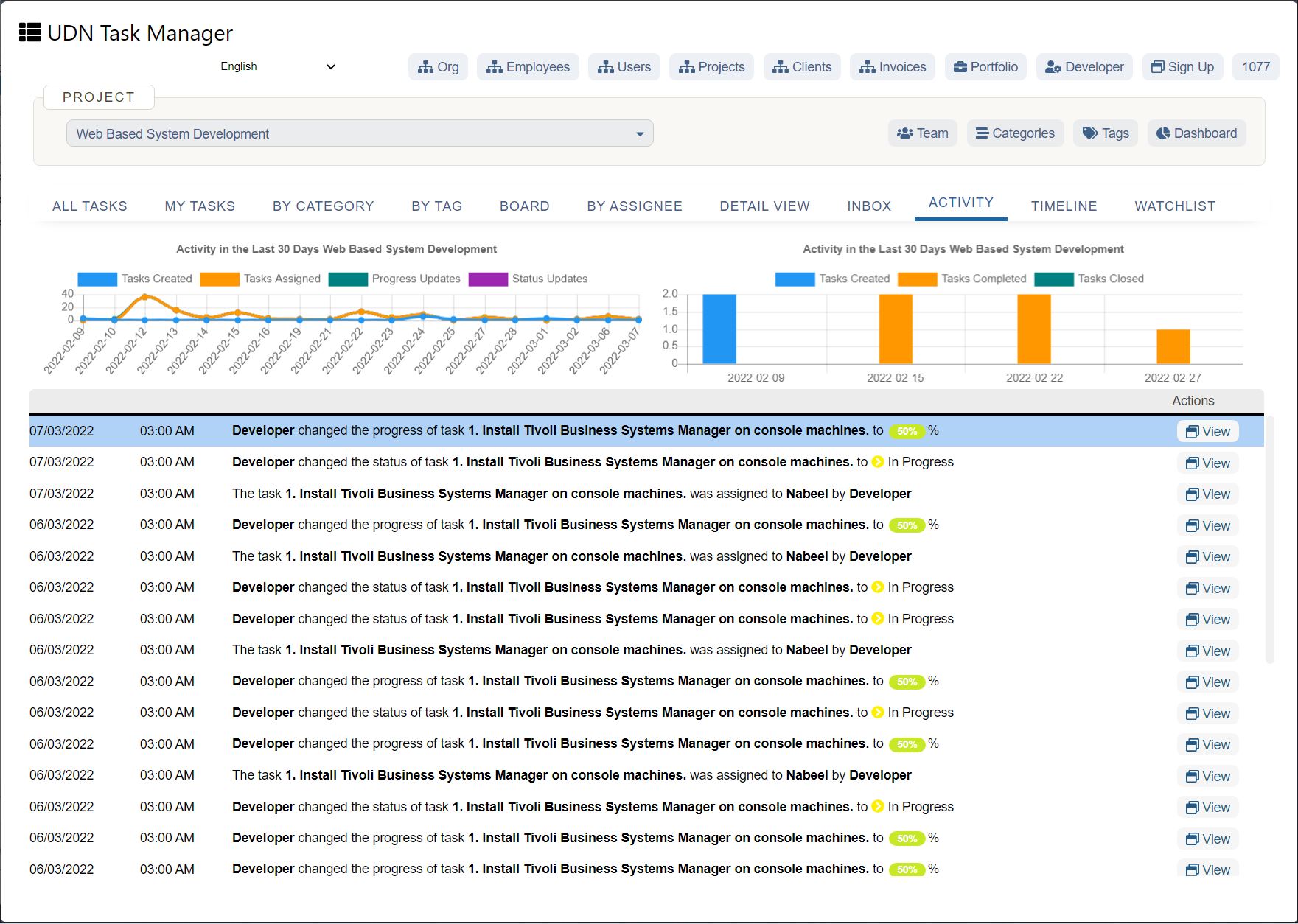
In Scrum, an artifact is something you make, like a tool to solve a problem. There are three artifacts in Scrum: the product backlog, the sprint backlog, and the product increment.
The product backlog is the master list of work that needs to be done. This list should be triaged by the project manager or product owner. Note that just because something is in the product backlog doesn’t mean your team will work on it—rather, items in the product backlog are options that your team can work on during a Scrum sprint. The project owners should frequently reorder and refresh the product backlog, based on new information from customers, from the market, or from the project team.
The sprint backlog is the collection of work or products your team has committed to for the duration of a Scrum sprint. These items are chosen from the product backlog during the sprint planning session, and moved to your team’s sprint planning project if you have one.
Your team may not deliver everything in the backlog during every sprint, but it’s unlikely that you’ll add to the sprint backlog mid-sprint. If you find yourself doing that frequently, spend more time on the sprint planning phase so you have a concrete idea of what you’ll be working on during your sprint.
The product increment is what you will deliver at the end of a sprint. This can be a new product or feature, an improvement or bug fix, or anything else depending on your team. Plan to present your increment during the sprint review. At that point, it will ship or not ship based on what the Scrum stakeholders think about the increment and whether it is “Done.”
Scrum roles
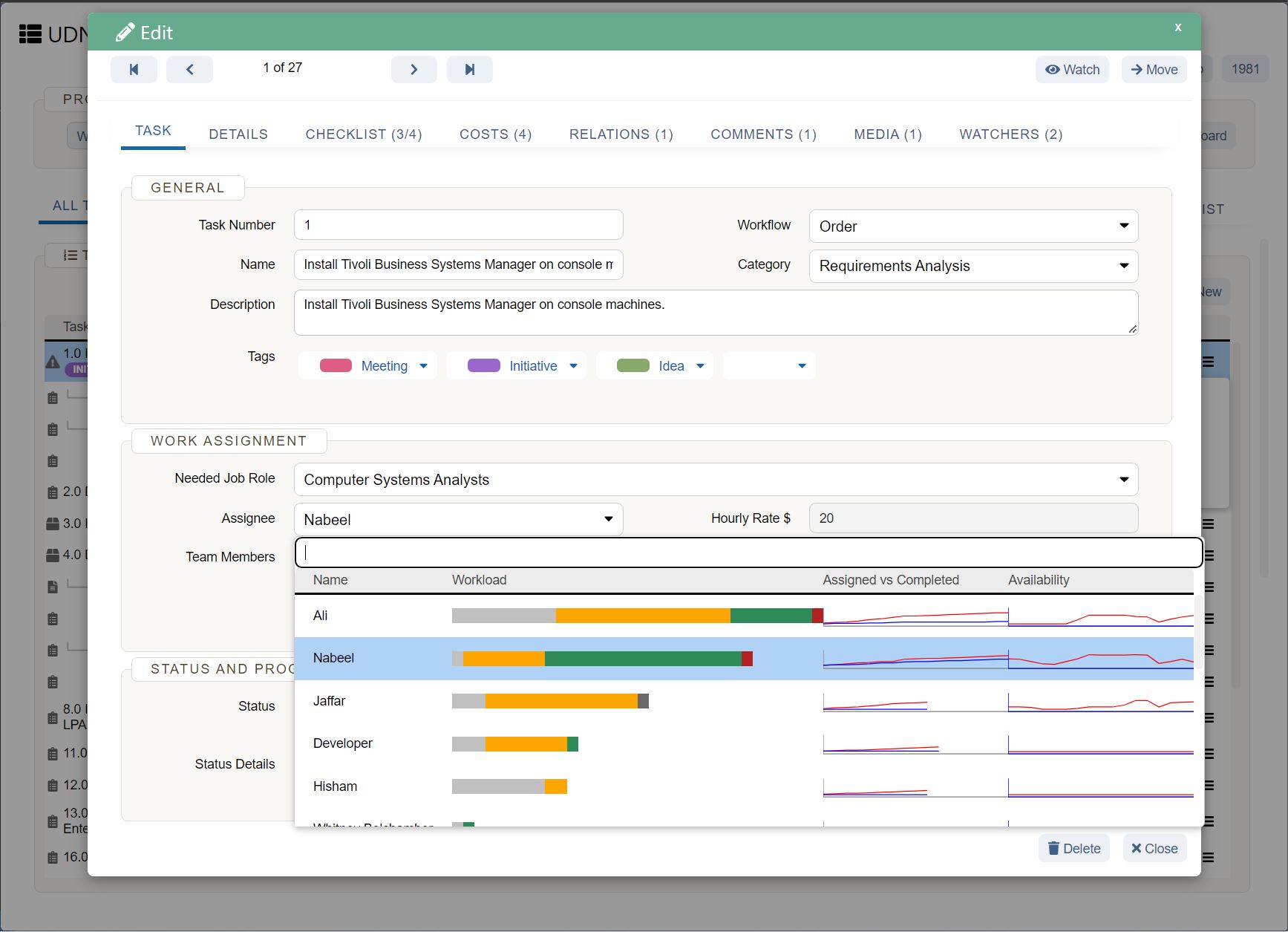
There are three main Scrum roles:
Product owner. This is the person in charge of the product backlog. They’re connected to the user needs and focused on telling the user story to their team and other executive stakeholders. Good product owners bring clarity about what’s most important to deliver next. Ultimately, they should be the person deciding when something is ready to ship (with a bias towards shipping frequently).
Scrum master. The Scrum master is the person running the various Scrum events. Think of them as the Scrum project manager and facilitator. The Scrum master should facilitate the daily standup meetings and host the sprint planning, review, and retrospective meetings.
Scrum team. The Scrum team is everyone who is working on the sprint. Team members should be self-organizing and collaborative in order to achieve the Scrum goal of continuous improvement.
Scrum principles

There are six Scrum principles that help you apply the Scrum framework and benefit from Scrum. They are:
Control over the empirical process. Scrum teams believe in transparency, inspection, and adaptation.
Self-organization. Though your Scrum team will have roles and rules, every Scrum member is empowered to take ownership of their tasks and their work. Scrum believes that shared ownership leads to more creative and dynamic teams.
Collaboration. Your team will deliver the best results if you work together during and after the Scrum sprint.
Value-based prioritization. The goal of a Scrum sprint is to deliver the best business value. In order to do that, you have to prioritize your work from the very onset of the Scrum process.
Timeboxing. The Scrum process has various time-based activities, such as the sprint itself, daily standups, and the retrospective. Because Scrum works on a belief of continuous improvement, it’s important to timebox work in order to move on to the next task and improve future work.
Iterative development. In Scrum, your first product won’t be perfect. But by building iteratively, your team will be most able to adapt to customer needs and modify the product and your outputs based on value-based prioritization.
Scrum values
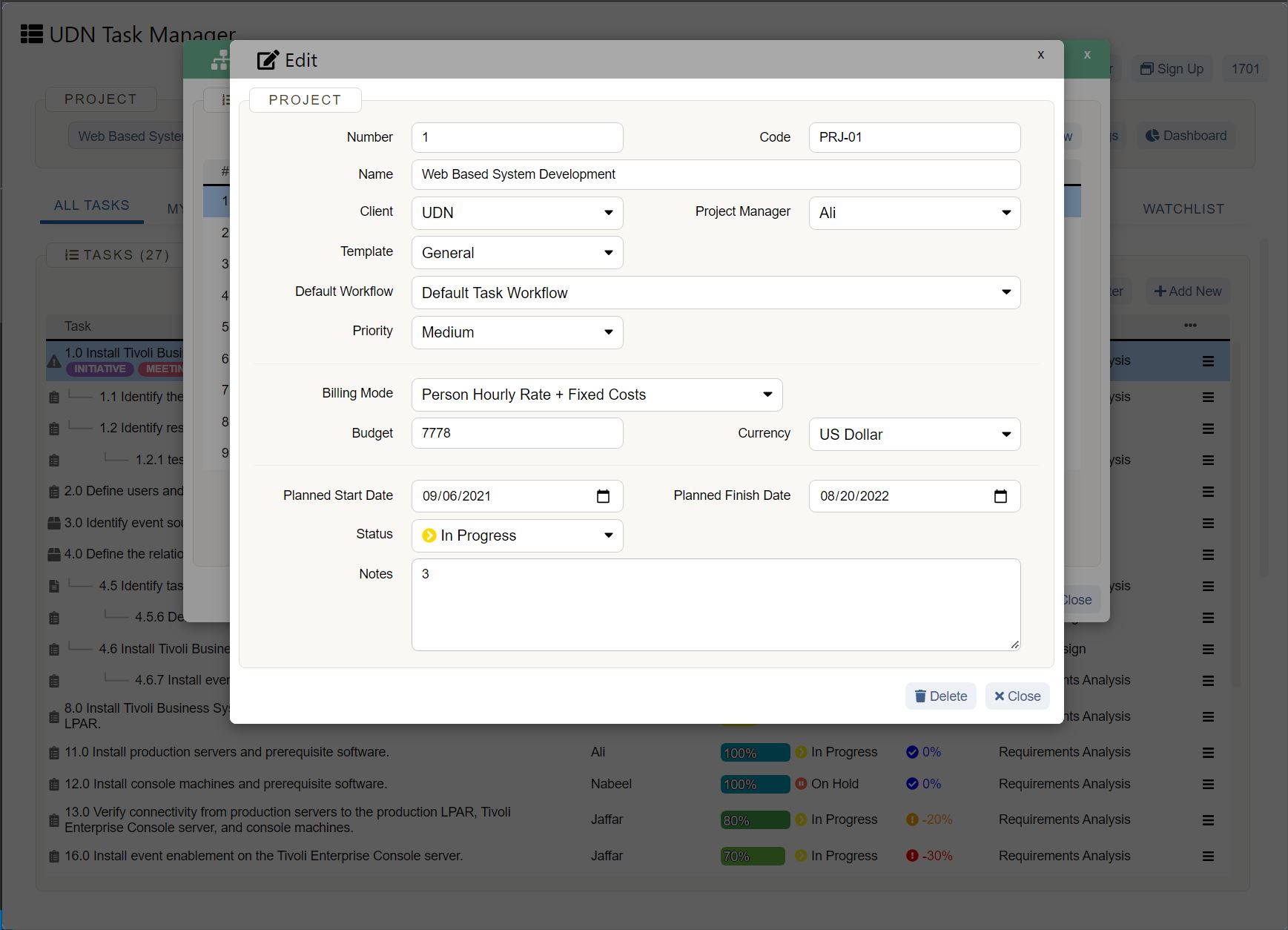
In order to benefit from Scrum, teams need to adhere to the five main Scrum values , as defined in the Scrum Guide:
Commitment: The Scrum team is a unit—and team members need to trust one another. Scrum team members are committed to the sprint for its duration, and dedicated to continuous improvement in order to find the best solution.
Courage: During a Scrum, the team might encounter difficult problems that have no exact answer. Scrum teams have courage in asking open, difficult questions and answering honestly in order to arrive at the best solution.
Focus: During any given Scrum sprint, the Scrum team will work from a product backlog. The Scrum team is focused on the work they’ve chosen from the backlog in order to hit their deliverables by the end of the sprint.
Openness: Not everything will go perfectly during Scrum. Scrum team members must be open to new ideas and opportunities that both help them individually learn and can help improve their product or process.
Respect: Collaboration is the key to Scrum—and in order to support team collaboration, team members have to respect one another, the Scrum master, and the Scrum process.
Should my team use Scrum?
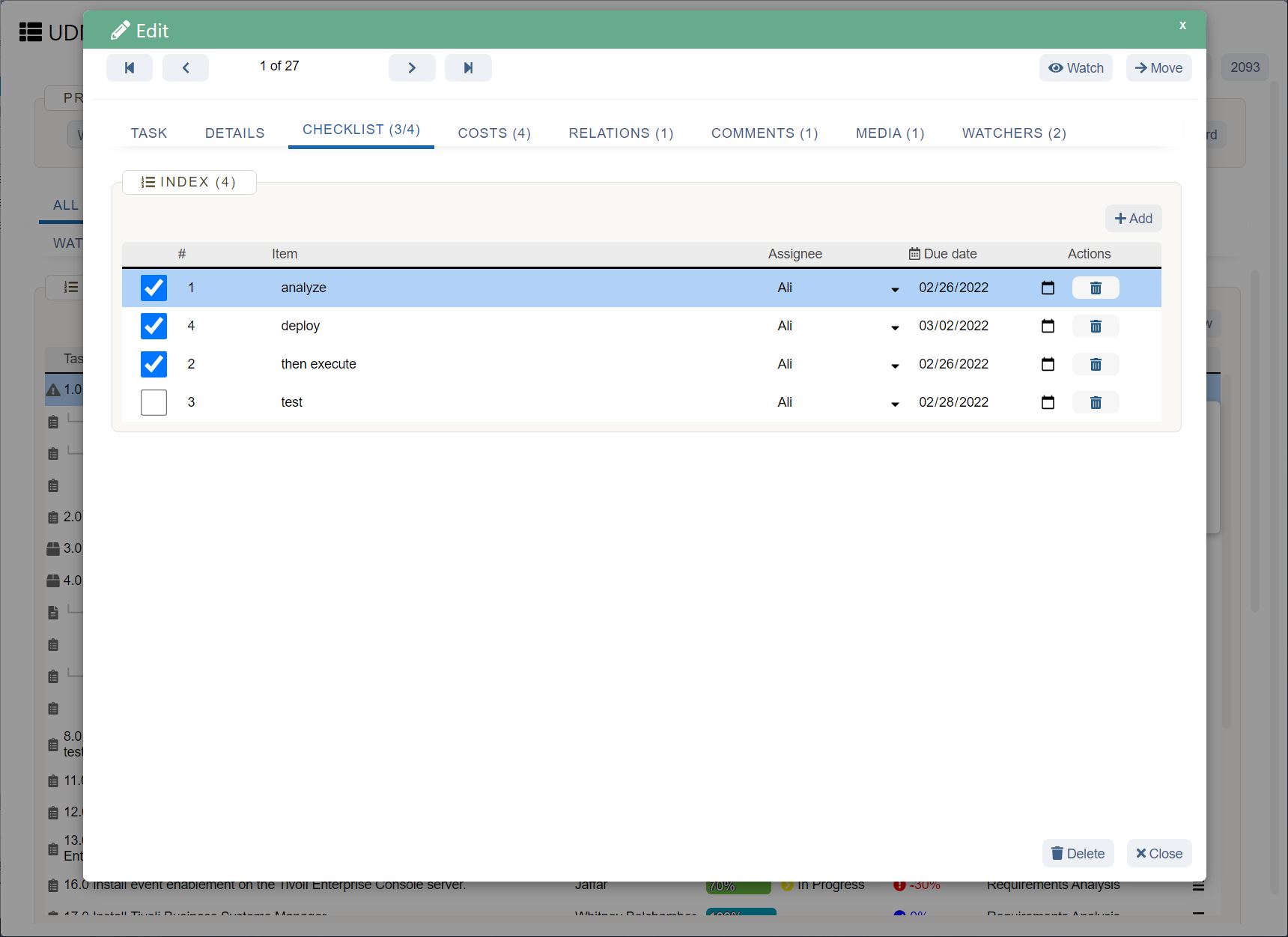
Scrum isn’t for everyone—but it’s also not just limited to product, software development, and engineering teams. Any team can adopt the Scrum framework and use continuous improvement to get great work done. Here are some pros and cons of using Scrum:
The pros of Scrum
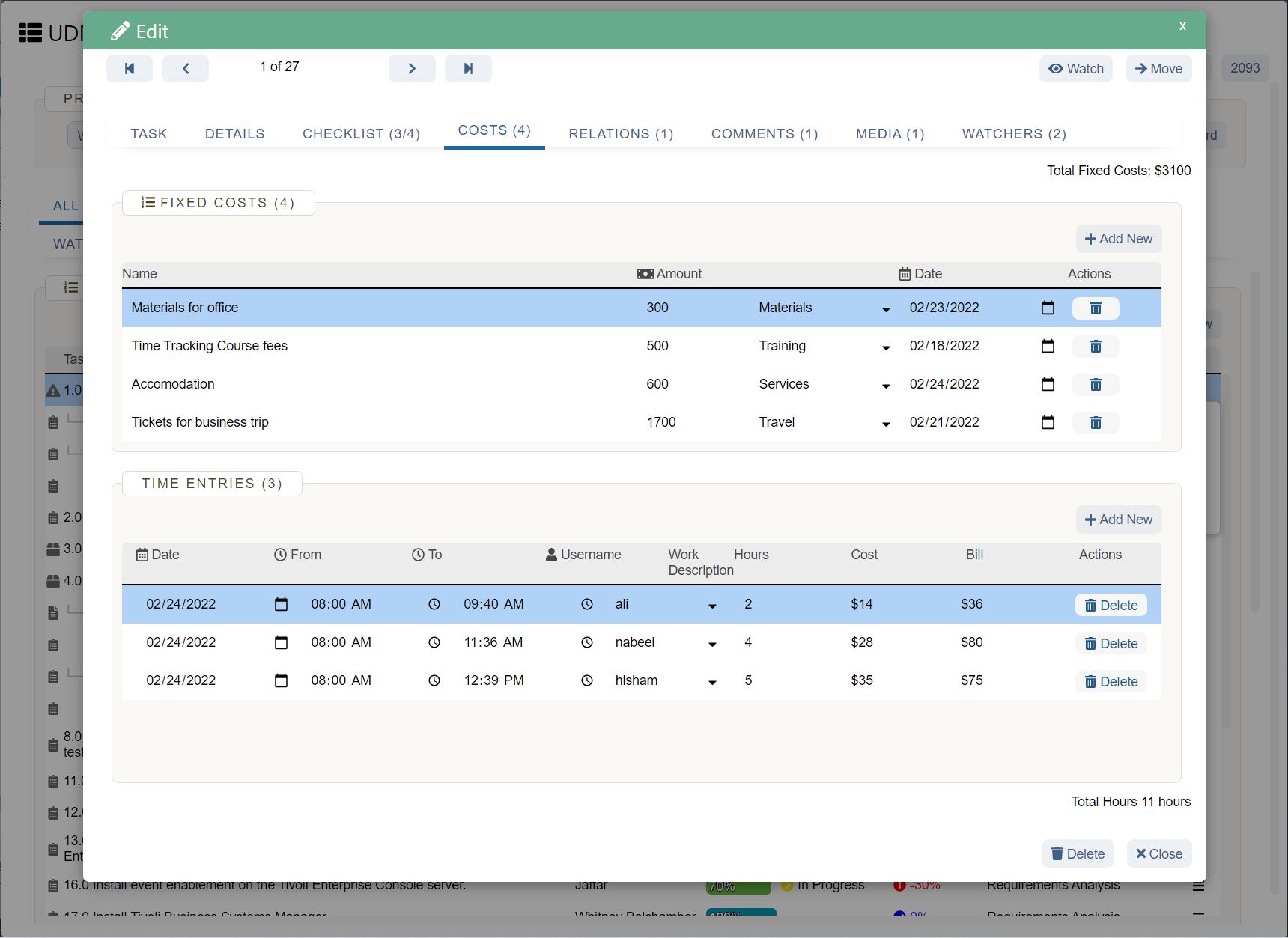
Scrum is most effective for teams that need to build and ship things frequently—whether those are traditional “products” like code or new features, or more atypical Scrum “products” like marketing campaigns or creative assets.
Teams that follow the Scrum framework benefit from agility and flexibility. The Scrum process can help you increase teamwork and hit your goals more effectively. Additionally, Scrum teams always know exactly what they’re working on, since they’re pulling tasks from the product backlog, and they are clear on what their goals are since everyone has aligned on what “Done” means.
Scrum limitations
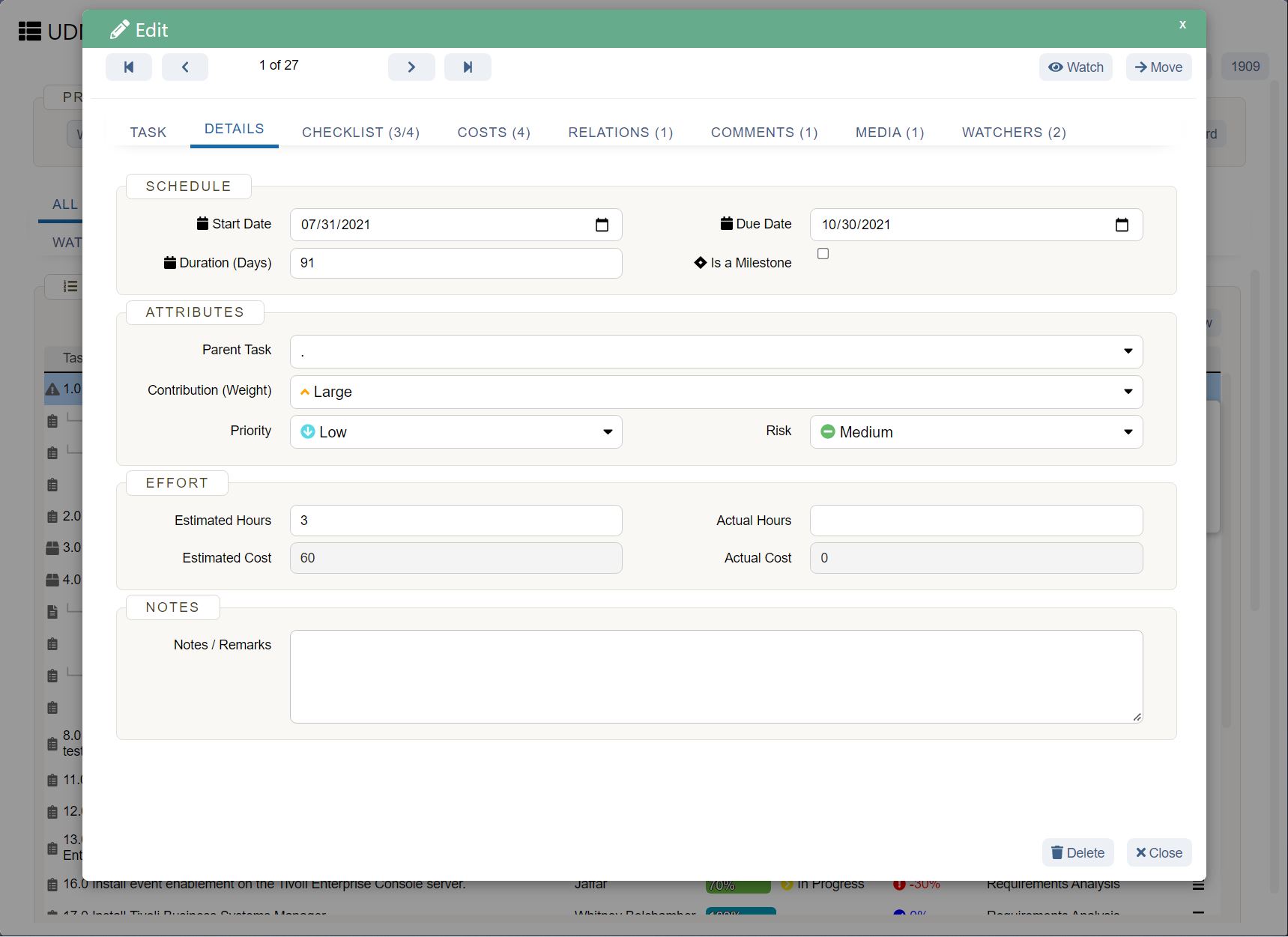
Scrum projects can frequently suffer from scope creep because the Scrum process embraces and encourages change. If too much changes, or you get too many discordant pieces of customer feedback, you may be iterating over and over without any real results.
Solution: Make sure to clearly define each sprint’s objectives and increment. Additionally, make sure your entire Scrum team is clear on what “Done” means, so they don’t work past “Done.” If necessary, implement a change control process to avoid these issues.
Scrum teams have a lot of meetings—in addition to the regularly scheduled sprint planning and sprint review, Scrum teams also meet daily for a standup.
Solution: If your daily Scrum meetings don’t feel helpful, find a way to switch them up. Keeping track of your standups in a project can help you focus on only the most helpful things.
Scrum can be hard (though not impossible) to implement if you’re not on a product, engineering, or software development team.
Solution: If your team decides to use Scrum, make sure to clarify exactly how Scrum processes are going to help you. If possible, identify current pain points, and point to Scrum events that may help. Additionally, plan to have several training sessions during your first few Scrum sprints in order to help your team succeed.
Get started with Scrum
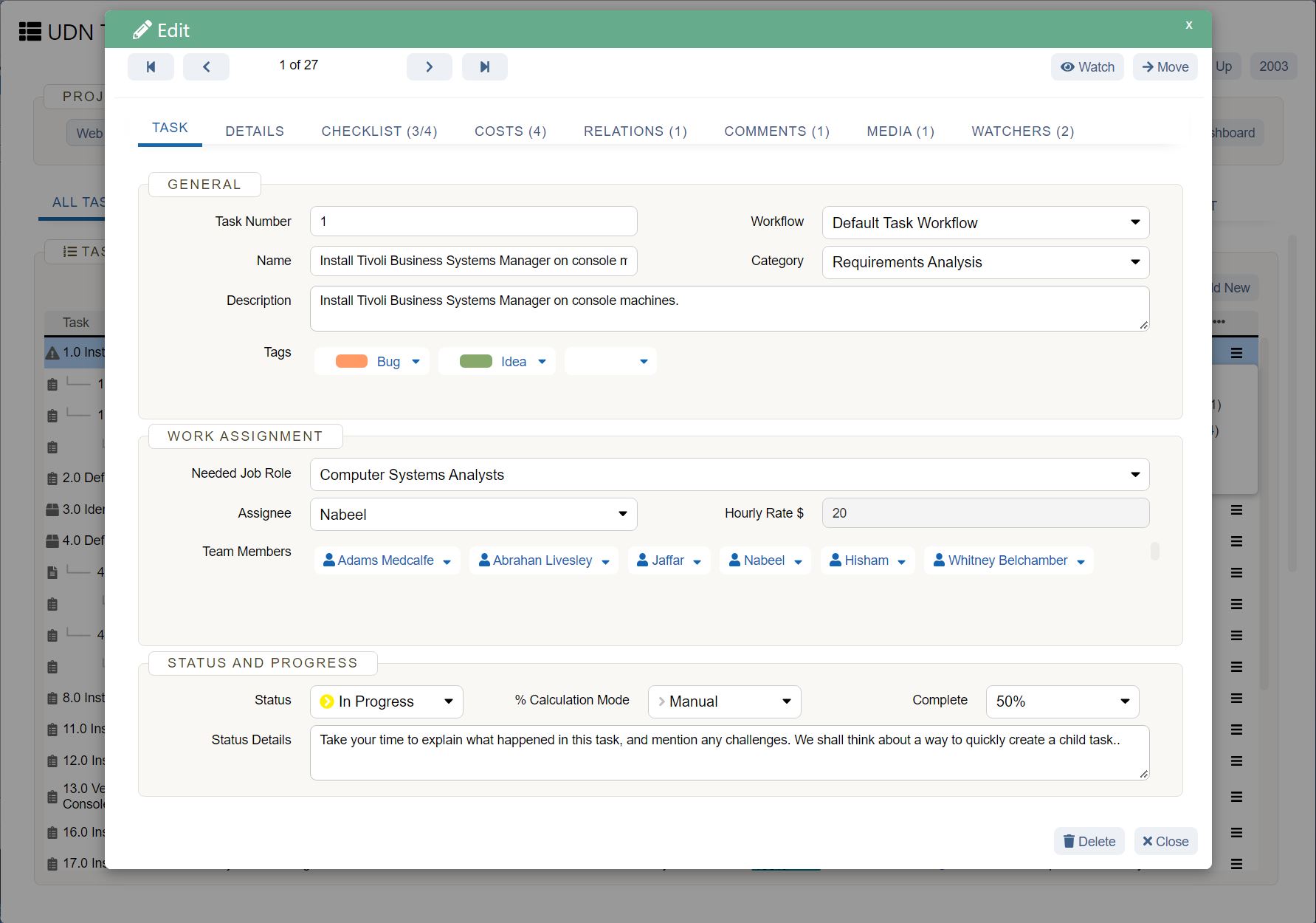
The best Scrum teams are collaborative, iterative groups that have clarity into what they’re working on for every sprint. In order to do that, you need a central source of truth for your work, like UDN Task Manager . Learn how Agile teams run Scrum with UDN Task Manager .











